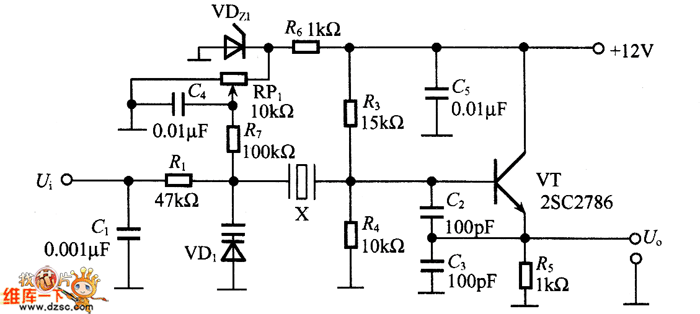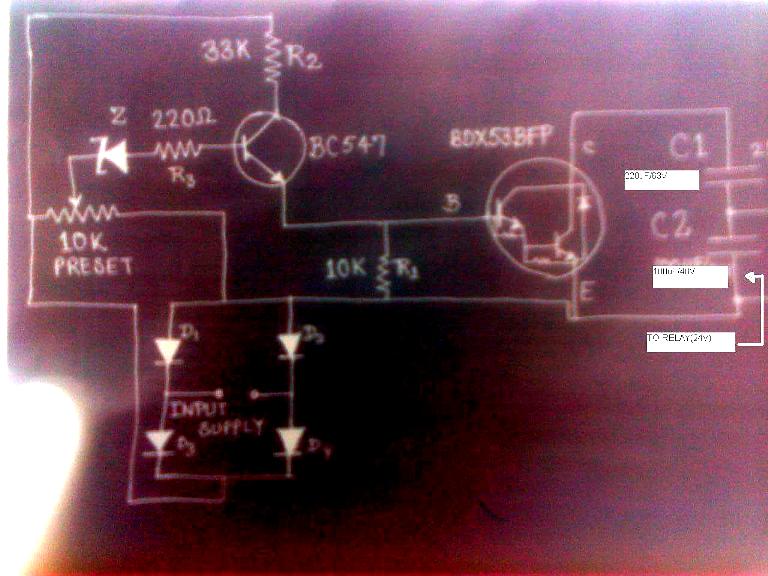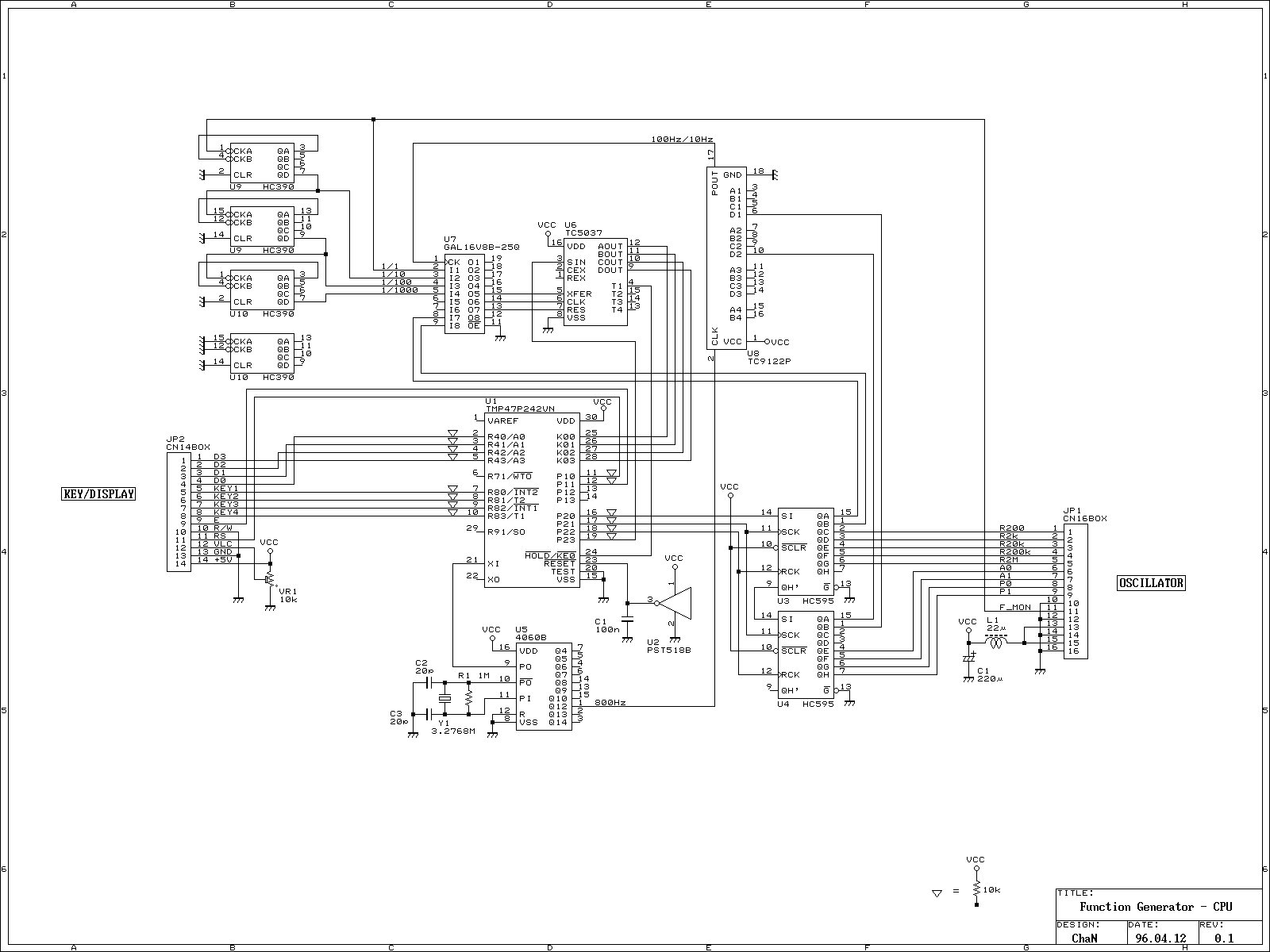
The FM modulation circuit of crystal oscillator

The figure illustrates the FM modulation circuit of a crystal oscillator. FM modulation can be achieved through direct and indirect methods. The direct FM method involves directly altering the frequency of the oscillating circuit. While this approach is straightforward, it has limitations due to the nature of the LC oscillating circuit, where bias effects can be significant and stability is relatively weak. Consequently, the frequency is susceptible to various influencing factors.
The FM modulation circuit using a crystal oscillator serves as a critical component in communication systems, providing a stable frequency source for modulating signals. In this circuit, the crystal oscillator generates a precise frequency, which is then modulated using frequency modulation techniques. The direct FM method modifies the frequency of the oscillator by varying the voltage applied to the circuit, which in turn changes the capacitance or inductance within the LC circuit.
The circuit typically consists of a crystal resonator, an LC tank circuit, and an active component such as a transistor or operational amplifier. The crystal resonator ensures that the oscillator operates at a specific frequency with high stability. The LC tank circuit, composed of an inductor and capacitor, determines the resonant frequency and is crucial for the modulation process.
In direct FM, the modulation index, which indicates the extent of frequency deviation from the carrier frequency, is influenced by the amplitude of the input modulation signal. As the modulation signal varies, it alters the frequency of the oscillator, producing a frequency-modulated output. However, the sensitivity of the circuit to bias and environmental conditions can lead to frequency drift, which may require additional stabilization techniques such as temperature compensation or feedback mechanisms.
Indirect FM methods, while more complex, can provide improved stability and reduced susceptibility to bias effects. These methods involve the use of phase-locked loops or other frequency synthesis techniques to achieve modulation without directly altering the oscillator's frequency.
Overall, the FM modulation circuit of a crystal oscillator is an essential element in modern communication systems, balancing simplicity and performance while addressing the challenges associated with frequency stability and bias effects.In the figure is the FM modulation circuit of crystal oscillator. FM modulation has direct and indirect FM ways, the direct FM method is to directly change the frequency of the oscillating circuit, it`s simple, but as it is the LC oscillating circuit, the bias is kind of noticeable, and the stability is weak, i.e the frequency is easy to be affected by the.. 🔗 External reference
The FM modulation circuit using a crystal oscillator serves as a critical component in communication systems, providing a stable frequency source for modulating signals. In this circuit, the crystal oscillator generates a precise frequency, which is then modulated using frequency modulation techniques. The direct FM method modifies the frequency of the oscillator by varying the voltage applied to the circuit, which in turn changes the capacitance or inductance within the LC circuit.
The circuit typically consists of a crystal resonator, an LC tank circuit, and an active component such as a transistor or operational amplifier. The crystal resonator ensures that the oscillator operates at a specific frequency with high stability. The LC tank circuit, composed of an inductor and capacitor, determines the resonant frequency and is crucial for the modulation process.
In direct FM, the modulation index, which indicates the extent of frequency deviation from the carrier frequency, is influenced by the amplitude of the input modulation signal. As the modulation signal varies, it alters the frequency of the oscillator, producing a frequency-modulated output. However, the sensitivity of the circuit to bias and environmental conditions can lead to frequency drift, which may require additional stabilization techniques such as temperature compensation or feedback mechanisms.
Indirect FM methods, while more complex, can provide improved stability and reduced susceptibility to bias effects. These methods involve the use of phase-locked loops or other frequency synthesis techniques to achieve modulation without directly altering the oscillator's frequency.
Overall, the FM modulation circuit of a crystal oscillator is an essential element in modern communication systems, balancing simplicity and performance while addressing the challenges associated with frequency stability and bias effects.In the figure is the FM modulation circuit of crystal oscillator. FM modulation has direct and indirect FM ways, the direct FM method is to directly change the frequency of the oscillating circuit, it`s simple, but as it is the LC oscillating circuit, the bias is kind of noticeable, and the stability is weak, i.e the frequency is easy to be affected by the.. 🔗 External reference





